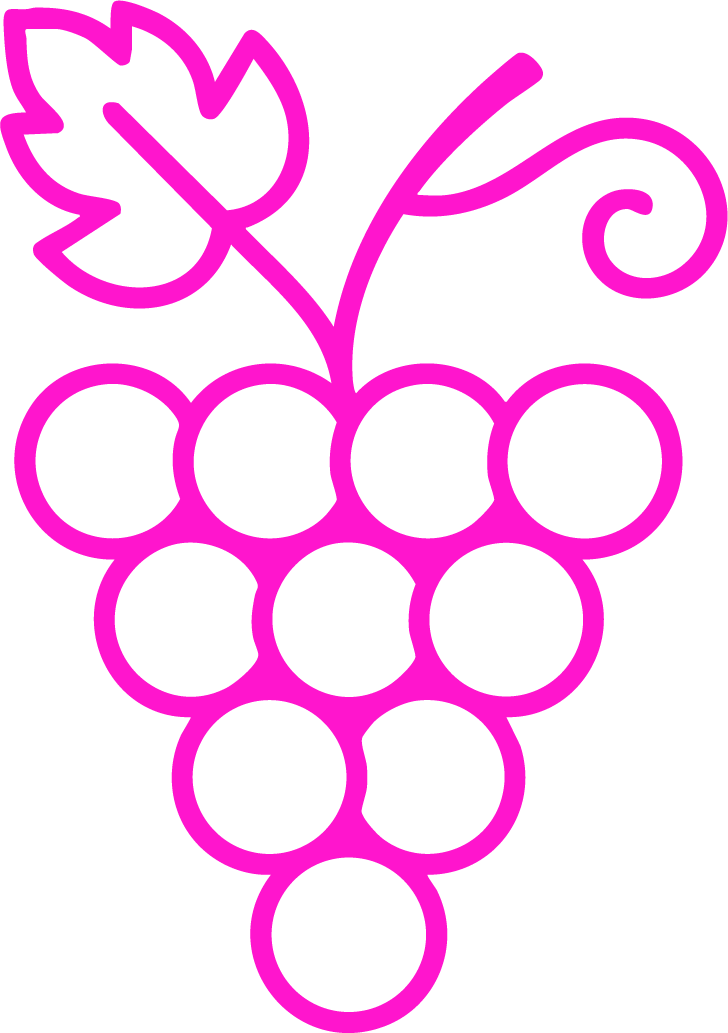Chardonnay
🔊 Pronunciation: shar-doh-nay
🔍 Quick Summary
Chardonnay is the world’s most versatile white grape, producing everything from lean, mineral-driven wines to rich, buttery icons — and everything in between.
📜 History
Origin: Born in the 16th century in Burgundy, France — a natural cross between Pinot Noir and Gouais Blanc.
Burgundian beginnings: First documented in the village of Chardonnay in Mâconnais, Southern Burgundy.
Global dominance: Spread worldwide in the 20th century, now planted in nearly every major wine country.
Style shift: Went from lean, mineral styles to buttery, oak-driven wines in the 1980s–90s.
ABC movement: “Anything But Chardonnay” trend pushed producers to dial back oak for fresher styles.
🧠 What to Know
Chardonnay is a blank canvas with incredible stylistic range.
Climate chameleon: Cool climates = crisp and citrusy; warm climates = tropical and lush.
Oak optional: Can be unoaked or richly oaked — producer preference is key.
Texture master: Can be creamy, round, lean, or zesty depending on winemaking.
Sparkling essential: Key grape in Champagne and traditional method sparklers.
Global ambassador: Flagship white for Burgundy, California, Australia, and more.
📍 Where It’s Found
🇫🇷 Burgundy (Chablis) – Kimmeridgian limestone + cool temps = Steely, mineral wines
Cool Continental | 65–75 °F (18–24 °C) avg daytime highs
🇫🇷 Côte de Beaune – Clay-limestone + mild warmth = Rich, nutty, ageworthy whites
Temperate Continental | 70–80 °F (21–27 °C) avg daytime highs
🇺🇸 California (Sonoma Coast) – Ocean breezes + varied soils = Balanced, elegant styles
Cool to Warm Mediterranean | 65–85 °F (18–29 °C) avg daytime highs
🇦🇺 Australia (Yarra Valley) – Volcanic soils + moderate sun = Crisp, modern expressions
Cool Maritime | 70–80 °F (21–27 °C) avg daytime highs
🇫🇷 Champagne – Chalky soils + cold climate = Vibrant, high-acid sparkling base
Cool Continental | 60–70 °F (15–21 °C) avg daytime highs
👅 Flavor & Style
Chardonnay’s expression depends on place and winemaking — from crisp citrus to tropical creaminess.
Color: Pale straw to deep gold
Aromas & Flavors:
Primary: Green apple, lemon, pear (cool climate); pineapple, mango, melon (warm climate)
Secondary: Butter, toast, vanilla, cream (from oak & malolactic)
Tertiary: Hazelnut, brioche, honey with bottle age
Structure: Low to medium tannin (from oak), moderate to high acidity
Body: Medium to full
Alcohol: Typically 12.5–14.5% ABV
🛠 Winemaking Notes
Chardonnay’s flexibility in the cellar is legendary.
Fermentation: In stainless steel for freshness or oak barrels for texture.
Aging: Often aged on lees (sur lie) to add creaminess.
Malolactic fermentation: Used to soften acidity and add buttery notes.
Sparkling base: Essential in traditional method sparkling wines.
🍽 Food Pairing Ideas
Match the weight and texture of the wine to your dish.
Savory: Roast chicken, lobster with butter, creamy pastas
Cheese: Brie, Gruyère, triple-cream cheeses
Unexpected: Truffle fries, popcorn, corn chowder
🔗 Related Topics to Explore
🍇 Pinot Noir – Chardonnay’s genetic parent
🧈 Malolactic Fermentation – Butter and cream in the glass
🛢 Barrel Fermentation – Oak spice and mouthfeel magic
🍋 Acidity in Wine – Freshness, balance, and age potential



